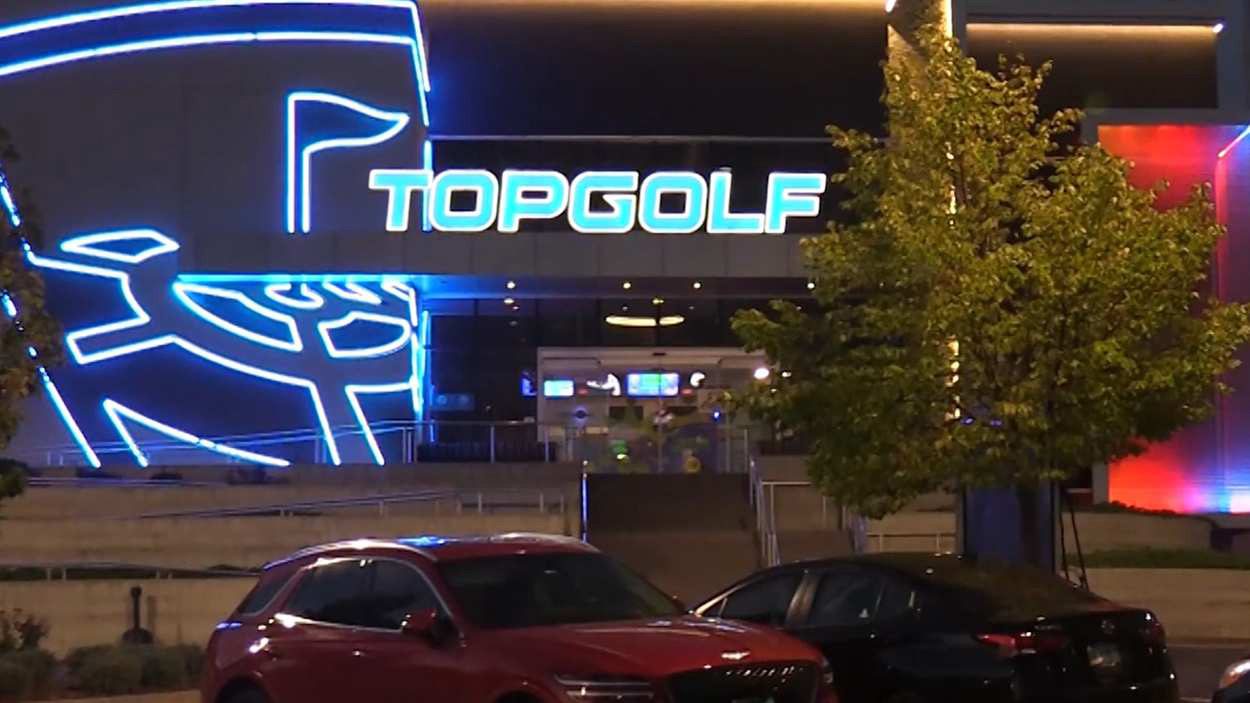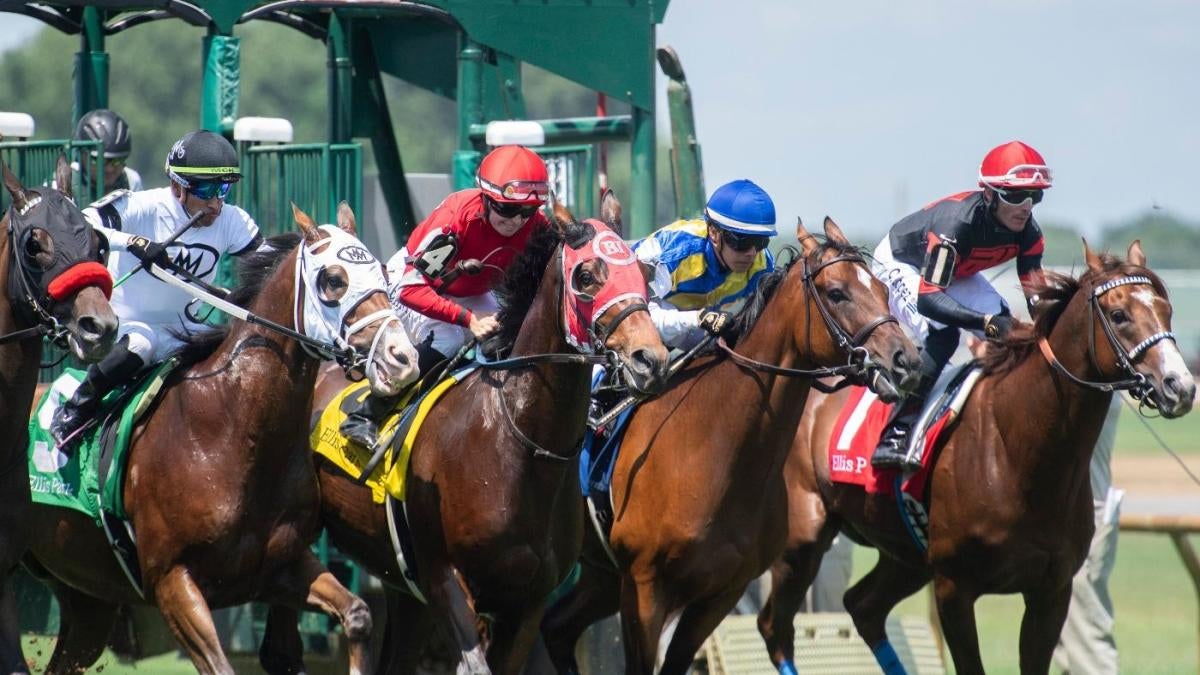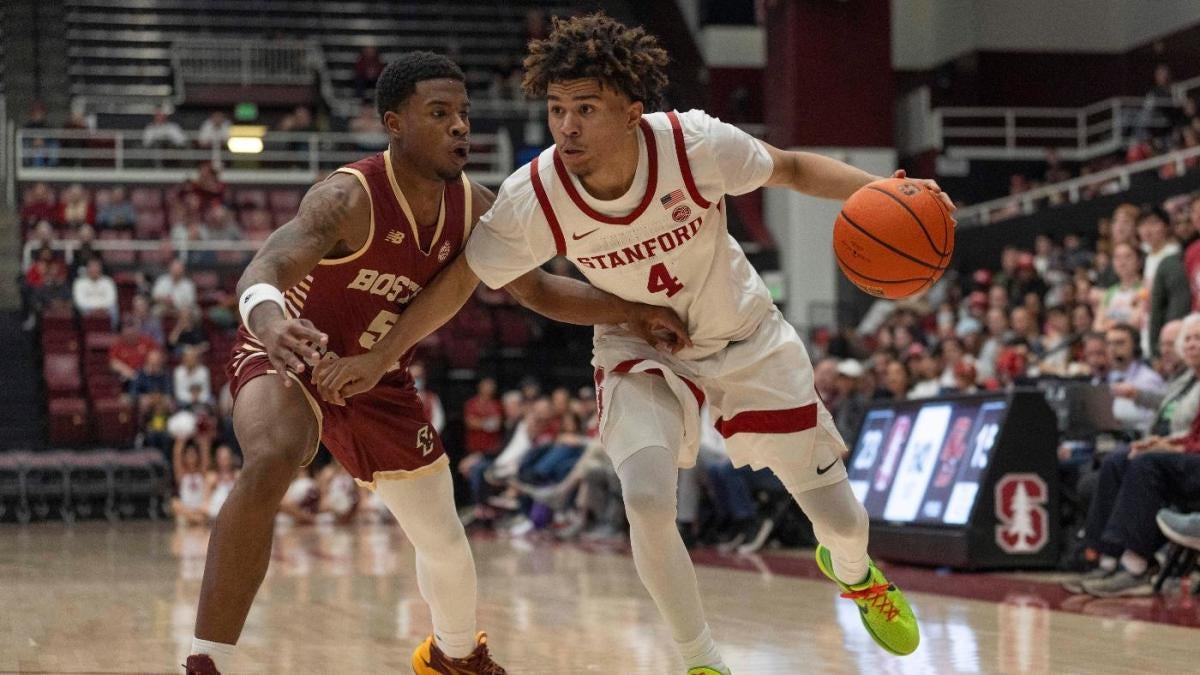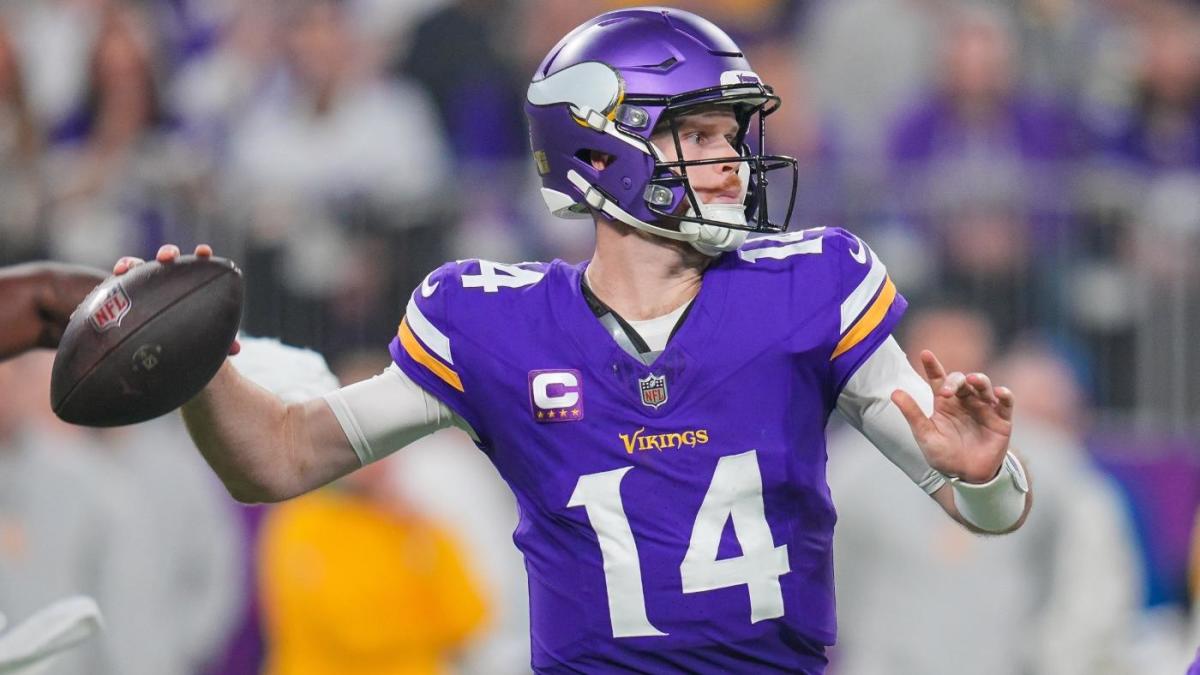Golf brand Callaway completed its acquisition of eatertainment concept Topgolf in March 2021 for $2.6 billion and changed its name to Topgolf Callaway Brands to reflect the merger. At the time, Topgolf had around 70 venues with plans to open 11 per year for the next five years. The first several quarters went swimmingly, with Topgolf generating nearly 40% of the company’s total revenues by 2022. The company finished 2023 with 89 locations, according to Technomic data.
That momentum has since slowed, and by quite a bit. Chief executive officer Chip Brewer opened the company’s second quarter earnings call on Aug. 7 by stating the business is now under a formal strategic review, with outside advisers brought in to look at the business to improve same-store sales or maybe even facilitate a spinoff.
“This review includes the assessment of organic strategies to return Topgolf to profitable same venue sales growth as well as inorganic alternatives, including a potential spin of Topgolf,” he said. “We’re active in this work at present and expect to complete our strategic review of Topgolf expeditiously.”
In Q2, Topgolf’s same-store sales declined by 8%. The U.S. business dropped by 11% in July and executives said this double-digit decline – driven by “macroeconomic volatility” – is expected to continue through the second half of the year. The company’s total revenue of $1.158 billion was below expectations primarily driven by Topgolf’s performance, forcing the lowering of its full-year guidance by approximately $225 million.
“There was a step change in macro demand starting in late May. This was despite the rollout, or more likely partially mitigated by the rollout, of our ‘free 30’ promotion and advertising campaign, both of which tested well in May,” Brewer said.
He later added that Topgolf’s challenges are mostly driven by slowing traffic and pressured consumers.
“We know that there are portions of the consumer segment that are definitely feeling inflationary pressures and some level of stress. And that varies across businesses, but you can clearly see it in the Topgolf business,” Brewer said. “There’s a little bit of a post-COVID reversion going on in addition to the economic slowness that we see in the general economy right now.”
The team has put some plans in place to turn things around, including bringing “more newness and energy and fun” to the venues with features like new games, D.J. nights, and concerts.
“We are a premium experience and thus, by design, we are not made to be cheap, but we are unique and we can provide more fun in this value than other offerings. By refocusing on newness, we believe we can give customers more reasons to give Topgolf a try or come back and visit us again,” Brewer said.
Topgolf is also focusing on its digital capabilities and investing more in promotional offerings. It also recently brought on Erin Chamberlin as its new chief operations officer and is examining more national partnerships, such as its recent tie-up with Visa which brings co-promotional opportunities and cardholder benefits.
The company also plans to continue to grow, targeting an average of 10 venues per year starting in 2025. The venues, Brewer said, generate 18% to 22% return on gross investment and 50% to 60% cash-on-cash and less than a three-year cash payback.
“It’s not that we’re sitting here and taking a macro cycle and waiting it out. Far from it. We’re using this as an opportunity to strengthen this organization, build the resources to drive same venue sales even better when the conditions really do normalize. We can and are going to do better,” Brewer said. “We’re considering all alternatives, but we mentioned specifically a potential spin. We’re looking at how do we best maximize long-term shareholder value and we’ll report back when that work is done.”
Contact Alicia Kelso at [email protected]













